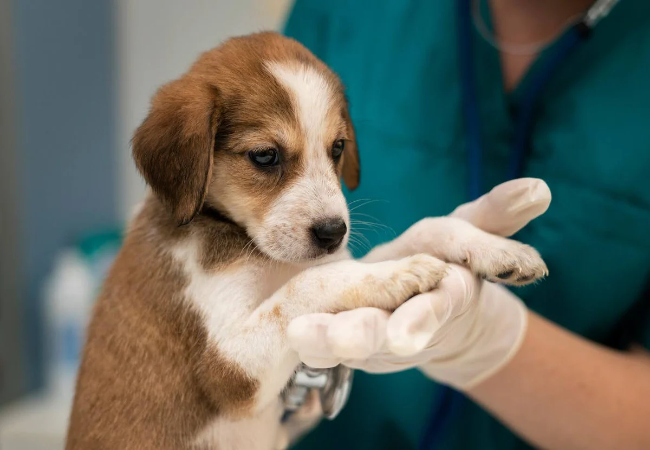Cancer in Dogs 2025: Vet’s Guide to Symptoms, Common Types & Treatments🩺🐾

In this article
Cancer in Dogs 2025: Vet’s Guide to Symptoms, Common Types & Treatments🩺🐾
By Dr. Duncan Houston BVSc
Hello—I’m Dr Duncan Houston BVSc, veterinarian and Ask A Vet founder. Cancer affects around one in three dogs, and early recognition can make a big difference. This guide helps you recognize early warning signs, understand common cancers, and explore treatments—plus track care using Ask A Vet tools.
🔍 1. Signs & Symptoms of Cancer in Dogs
- Lumps, bumps, new swelling—even firm or soft ones
- Non-healing wounds or sores
- Swollen lymph nodes
- Abnormal bleeding or discharge
- Unexplained weight loss, appetite drop, lethargy
- Coughing, breathing issues, exercise intolerance
- Abdominal swelling, pale gums
- Neurological signs: seizures, head tilt, behavior changes
📌 2. Common Types of Canine Cancer
Lymphoma
Often appears as multiple swollen lymph nodes. Dogs may show weight loss, lethargy or increased thirst/urination.
Mast Cell Tumors
Skin lumps that may swell, redden or ulcerate. Very common skin cancer in older or predisposed breeds.
Melanoma
Dark pigmented masses in the mouth, lips or skin. Can be benign but often aggressive.
Osteosarcoma (Bone Cancer)
Typically affects large breeds. Presents as painful limb swelling, lameness or pathological fractures.
Hemangiosarcoma
A vascular cancer often on the spleen, heart or liver. Signs usually appear suddenly with collapse, pale gums or abdominal swelling from internal bleeding.
Anal Sac Adenocarcinoma
Rare but aggressive. Small masses near the anus and can cause hypercalcemia—look for increased thirst, urination or weight loss.
Histiocytoma
Usually benign and self-resolving in young dogs—small, hairless lumps on skin.
Other Cancers
Includes squamous cell carcinoma, soft-tissue sarcomas, bladder, prostate, brain tumors and transmissible venereal tumors.
📈 3. Staging & Prognosis
Cancer staging (I–IV) evaluates tumor size and spread—from localized to distant metastasis. Early detection offers the best chance for successful treatment.
🩺 4. Treatment Options
- Surgery: First-line treatment for solid tumors like melanoma, mast cell tumors, osteosarcoma, or anal sac growths.
- Amputation: For limb osteosarcoma.
- Chemotherapy: Used alone or after surgery (e.g., lymphoma protocols, hemangiosarcoma adjuvant therapy).
- Radiation: For oral or inoperable tumors.
- Targeted therapy: Palladia/toceranib for mast cell tumors.
- Immunotherapy: Like Oncept melanoma vaccine.
- Palliative care: Pain control, nutrition, and quality-of-life support.
🧩 5. Ask A Vet Cancer Monitoring Tools
- 💕 Symptom tracker: log lumps, bleeding, appetite, stool, behavior
- 📅 Reminder system: surgery, chemo schedules, scans
- 📷 Photo logs: document lump changes over time
- 🩸 Weight & appetite monitor: track nutritional needs and side effects
- 🔬 Alert system: for worrying signs prompting vet visits
📌 Final Thoughts from a Vet
Cancer is common in dogs—about one in three will develop it. By knowing the signs, understanding common types, accessing treatments, and using Ask A Vet’s tools, you can help your dog live their best life even with a diagnosis. Early action, personalized care, and monitoring are key. 🐾❤️






